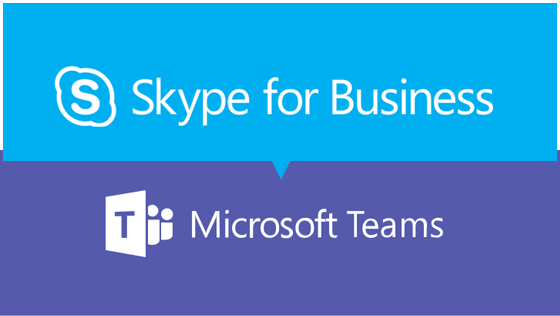
In general, chat adoption rates are still not as strong as clients would like. Those who simply built a chat option with the expectation that user would adopt it by themselves are seeing between 7% to 12% of their volume via chat.
Most of these organizations are doing nothing to promote chat as a support channel, assuming that users would gravitate to chat as many of them already have in their personal lives. That’s a mistake because, when it comes to social behavior adoption patterns, it is important to realize that users do not behave the same way in the workplace as in their private lives. User who would potentially prefer chatting will fall back to calling the service desk if that is what most of their coworkers do. After all, one of our strongest drivers as human beings is our desire to fit in amongst our group of peers. The weight that the old adage “When in Rome, Do as the Romans Do” has in our decision-making is often underestimated.

The key, then, to overcome adoption barriers, is to find ways to modify the behavior of a small percentage of the population – enough that the social trend starts to pull the rest toward the new desired behavior. (This is why group subscriptions to gyms are often more successful than individual promotions). Studies by Alex Pentland and the MIT MediaLab suggest that the frequency of contact and level of trust between the individuals is much more important than the pure number of people pushing the adoption of new behavior. One of their research studies found that user adoption of a new tool (a company social network in this case) was almost guaranteed if the user received at least three invitations from their trusted peers in a short period of time.
So, what does it take to specifically increase the chat channel adoption? Here are a few approaches:
- Promote it. Remind users not only that the chat support channel exists, but that it’s good. (You should, of course, also make sure that it actually is a good service.)
- Identify service advocates within the user community. Make them part of the promotion of the new channel and reward them for getting people to use the service. This can generate a domino effect, helping the social trend accelerate over time.
- Make chat very accessible and easy to use. If picking up the phone on my desk is faster or easier, nothing will make me stop that behavior when I have an urgent issue. So, instead of giving chat the usual set of barriers — accessible only through a service portal that requires you to open a browser, find the URL, log in with credentials you may not remember, find the button on the page, provide basic info all before getting in a queue — why not allow direct access to support on a medium where users already chat, like Skype? This way, you tap into the built-in mental pattern that tools like Skype generate in our brains (I need to talk to someone, so I look for them in Skype, I chat with them).
- Add innovative features that can make chat more appealing. For instance, AI virtual agents and automated translation would make service available 24×7 while improving quality, speed and accuracy.
- Expose users to metrics on their personal contact behavior to incentivize the new behavior. For example, a campaign that makes them feel “out of touch” with the social norm can help. Instead of telling them “you should chat” or “chat is great,” it’s better to tell them “most users in your department chat with the service desk as the first channel” or “80% of your peers found chat more effective at resolving IT issues.”
With these recommendations, voluntary adoption of chat can increase from those averages around 10% to those around 20% or 25%. And as virtual assistant technology becomes more available, embedding a chat function within a Skype or Microsoft Teams environment becomes a more viable option. These virtual assistants contain a good library of responses built into an AI engine and will greatly enhance usability.

As things continue to evolve, many contact channel policies will change. We expect to see a day when all IT issues are first sent to the virtual agent before trying any other channel. Some companies may not even make other channels readily available to users. Instead, built-in integrations with a virtual assistant could enable users to request a chat with a live agent as a secondary option, or automatically log a ticket without human interaction. When paired with automated translation services, this will result in a smooth, seamless “chat-first” channel, and radically change how we think about global service desks in the future.


